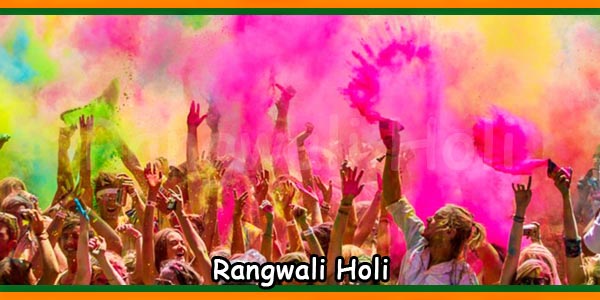Holi, popularly known as the festival of Colors, is a Hindu religious festival celebrated all over the world. It is considered as the second biggest Hindu festival after Diwali.
Holi rituals in Braj regions are most significant. Braj regions refer to the places associated with the life of Lord Krishna, which include Vrindavan, Mathura, Gokul, Gowardhan, Nandagaon and Barsana. The Lathmar Holi, the traditional Holi celebration in Barsana, is world famous.

Holi festival is usually celebrated for two days in almost every region. The celebration on the first day is known as Jalanewali Holi or Holi bonfire. It is also popularly known as Chhoti Holi and Holika Dahan. In South India, Holika Dahan is known as Kama Dahanam. The second day of the celebration is known as Rangwali Holi. This day people play by applying colored powder and colored water on each other. Rangwali Holi, which is the main day of Holi celebration, is also known as Dhulandi or Dhulendi. People also pronounce Dhulandi as Dhuleti or Dhulheti.
On the first day of Holi, bonfires are lit after sunset, exactly at the right Holika Dahan Muhurta. Next day after Holika Dahan or Holi bonfire, is the main Holi day celebration when people play with colors using coloured powder and coloured water. Generally people are more comfortable playing Holi with dry colored powders, which are known as Gulal. But majority of the people feel that wet colors should be used for Holi celebrations. Dry colored powder is mixed with water and the paste is applied on the face and body. Some people mix dry colored powder in full bucket of water to flood complete body in wet color.
Whole team of Templesinindiainfo.com wishes you Happy and Colorful Holi!
